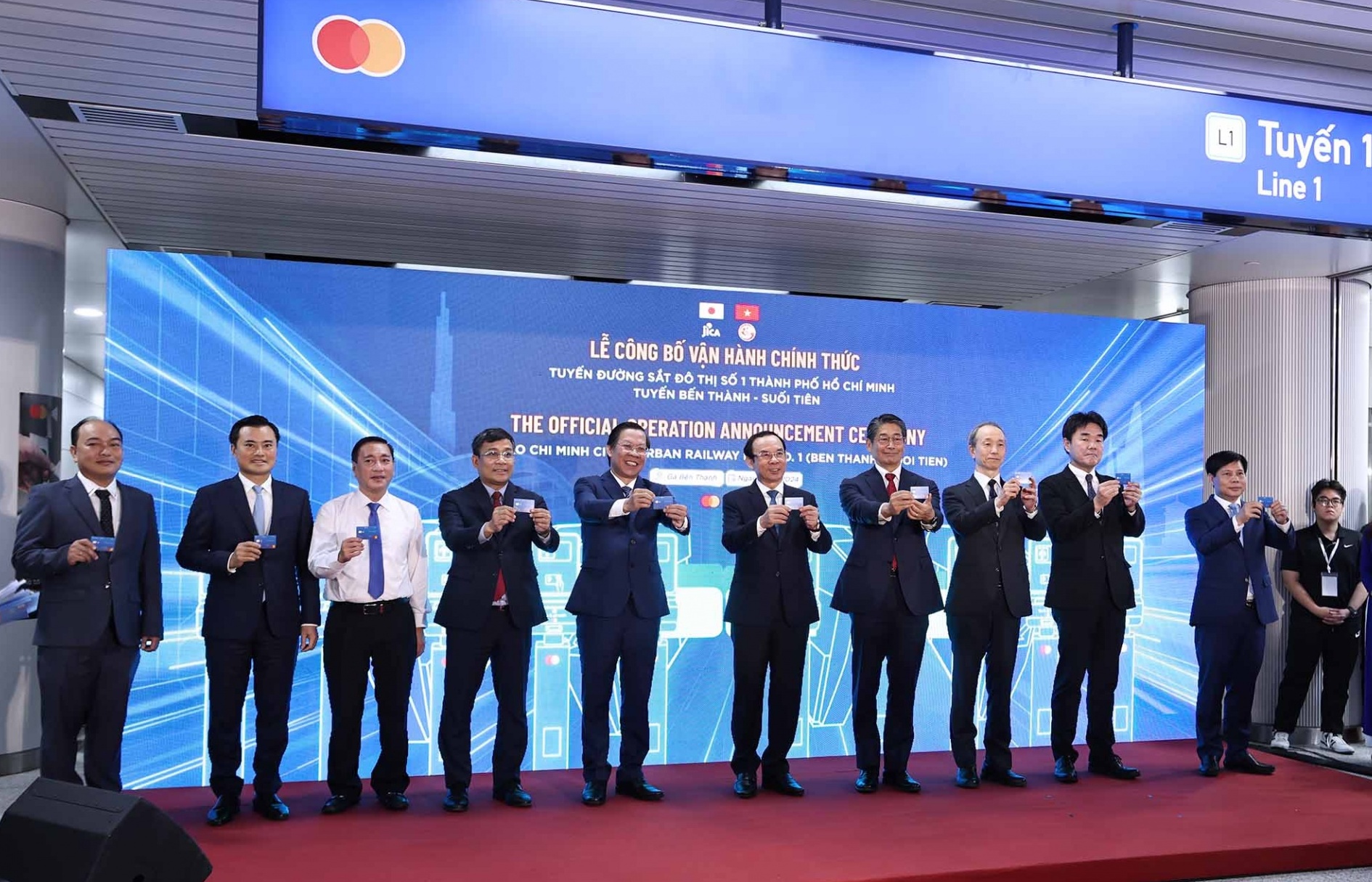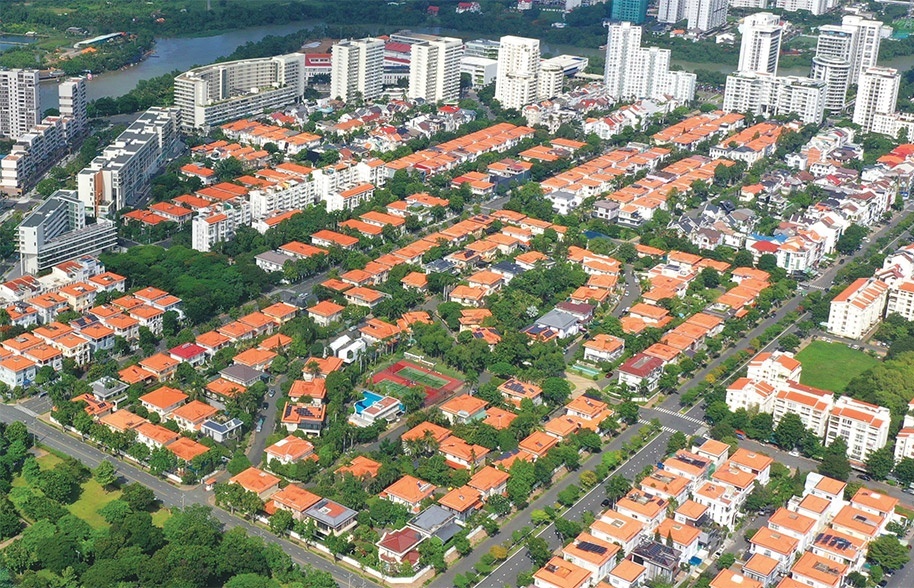Regional minimum wages increase in new year
 |
The government has issued Decree No.153/2016/ND-CP, dated November 14, amending regional minimum wages for workers employed under a labour contract. Accordingly, the increase stands at an average of 7.3 per cent.
 |
Before the proposal to increase the minimum wage by an average 7.3 per cent to be submitted to the government for approval, Vietnamese authorities had undergone a prelude of heated debate to reach a compromise for the proposal.
Notably, according to Pham Minh Huan, Deputy Minister of Labour, Invalids and Social Affairs, the proposal is based on the country’s current socio-economic conditions. However, the Vietnam General Confederation of Labour (VGCL) proposed an 11 per cent increase, while the Vietnam Chamber of Commerce and Industry (VCCI) would have been happy with a mere 5 per cent.
Mai Duc Chinh, deputy chairman of VGCL, said that the council was not satisfied with the results because labourers’ living standards in the garment and textile sector are still alarmingly low.
Meanwhile, Hoang Quang Phong, deputy chairman of VCCI, argued that the 7.3 per cent increase would challenge enterprises, especially small and medium sized ones.
In November 2015, the government decided to raise the minimum wage by 12.4 per cent, effective on January 1, 2016, raising concerns at a number of foreign-invested firms over the competitiveness of Vietnamese labour costs.
What the stars mean:
★ Poor ★ ★ Promising ★★★ Good ★★★★ Very good ★★★★★ Exceptional
Latest News
More News
- Vietnamese enterprises embrace value creation model (December 13, 2024 | 09:00)
- Happy Vietnam awards honour photo and video artists (December 13, 2024 | 08:54)
- Vietnam unveils 2024 rankings of top employers and value-driven enterprises (December 12, 2024 | 17:00)
- ‘Blockbuster’ Eaton Park sells out just one week after launch (December 12, 2024 | 08:00)
- German businesses remain upbeat about Vietnam (December 11, 2024 | 15:45)
- Tech giants bet big on Vietnam's future (December 10, 2024 | 17:53)
- Forum on green solutions for industrial parks and investment promotion organised in Vinh Phuc (December 09, 2024 | 19:08)
- Vietnam and GGGI launch plan for green growth and climate action (December 08, 2024 | 20:38)
- FTZs to open regional doors for logistics (December 07, 2024 | 10:00)
- Vietnam sees increase in FDI in the first 11 months of 2024 (December 06, 2024 | 19:15)


















 Mobile Version
Mobile Version